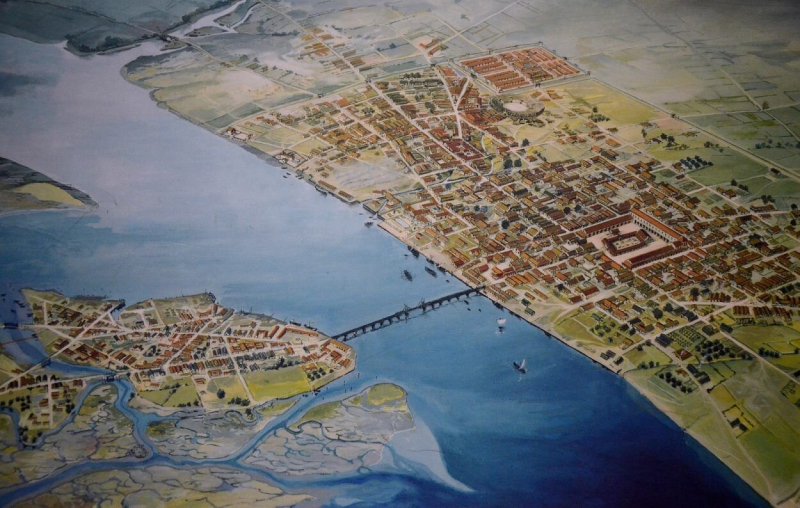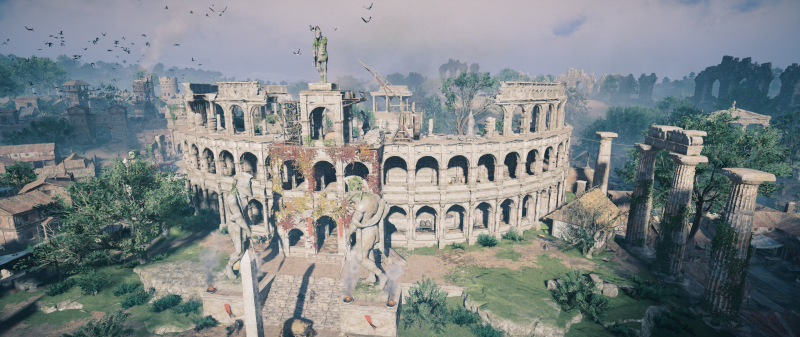Londinium
London is a crucial city that should not be overlooked in the list of the most important cities of Ancient Rome. Although it is the capital of the UK, London has a rich history comparable to that of the Roman Empire. Thanks to its historical significance and monuments, it now draws a lot of tourists. Following Claudius' invasion in 43, the Romans established and gave it its name Londinium at the time. Additionally, for a city of its size, this one had a rather tiny area of only 1.4 km. It should be mentioned that London Bridge served as the hub of the Roman network of roadways, which is an essential crossing point for the Thames. The city's development was aided by the draw of numerous traders. As a result, London developed into a hub for trade and business, with the Thames playing a crucial role in facilitating the movement of commodities into the city's core.
However, things did not go as planned because a few years after the city was built, Queen Boadicée, the leader of the Celtic people, turned her attention to London. Sadly, the Romans did not have enough time to prepare a powerful force to repel the assaults. The city was partially evacuated and many merchants perished there. London will be completely devastated and plundered.
But the Romans did not wallow in their mistakes, and London was rebuilt and prospered. Additionally, the city will enclose itself in walls that are more widely referred to as the London Wall, and Londinium's population would peak between 45,000 and 60,000 individuals. The troops guarding the city were summoned back to the mainland when the Roman Empire started to fall apart, which caused the population of that city to drop. The Dark Ages of London are the name given to this era. Following the Romans' departure from Britain in 410, London was practically deserted and in ruins. Londinium had its ups and downs during the Roman era, but it was always there. In terms of tourism and the economy, the capital of the United Kingdom has established itself today on a worldwide scale.
















